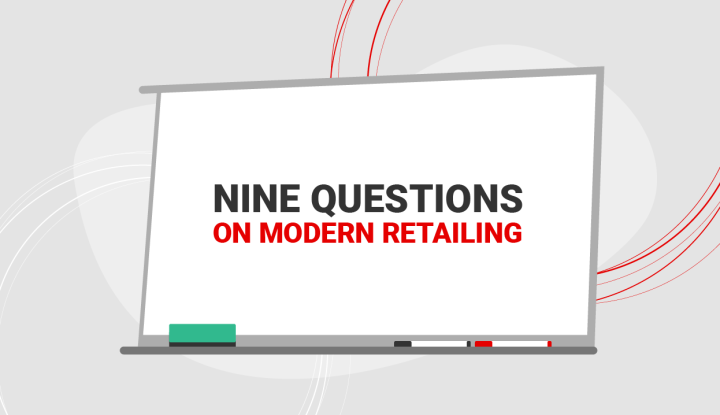The airline industry is at an inflection point. Traveler needs and expectations have evolved. There’s a need to adapt; to identify smarter ways of working and increase profitability.
The industry has its eyes on a more traveler-centric retailing model enabled by offers and orders. But to achieve its vision, the airline industry must undergo extensive transformation.
The opportunity presented by industry transformation is well-trailed and significant – $7 per passenger additional revenue by 2030. So the question is: What can airlines do today to prepare, and maximize their chances of success?
Here are eight considerations for airlines looking to set themselves up for retailing success, split into categories spanning strategy, technology and organization.
STRATEGY
1. NDC
Distribute personalized offers across direct and indirect channels
2. Dynamic pricing
Sell products and services at any price point
3. ONE Order
Seamlessly fulfill traveler requirements
TECHNOLOGY
4. Open, modular platform
The flexibility to meet evolving customer needs
5. Scalability
Keep pace with demand to maximize conversion opportunities
6. Data, AI/ML and experimentation
Use data intelligently to build competitive advantage
ORGANIZATION
7. Lead from the top
Top-down inspiration is needed to effect extraordinary change
8. Functional adaptation
Redefining functions, roles and skillsets for retailing success
When it comes to which capabilities are needed for the future, Offer Creation and Order Management feature high on the list, with some airlines building a dedicated team to create and price bundles, real-time contextualized offers, and other products and services and to sell them to the most relevant customer segments. This is a move away from traditional pricing practices in favor of a stronger data-driven customer focus and product orientation.
Join the conversation
Did you miss Skift Live: ‘Are airlines ready for a new era of retailing?’. Watch the replay to hear industry leaders from Sabre, Oman Air and Travel in Motion discuss airline readiness to embrace offer- and order-based retailing and practical guidance on the transition path that lie ahead.
About the Author
Andrew Thorpe is part of the Sabre team exploring what the future of travel will look like and how airlines can succeed with offer- and order-enabled retailing.
Keep the lines of communication open
Be the first to know when we release new information on emerging technology, upgrading of existing systems, or updates to our point of view on the future of travel retail.








